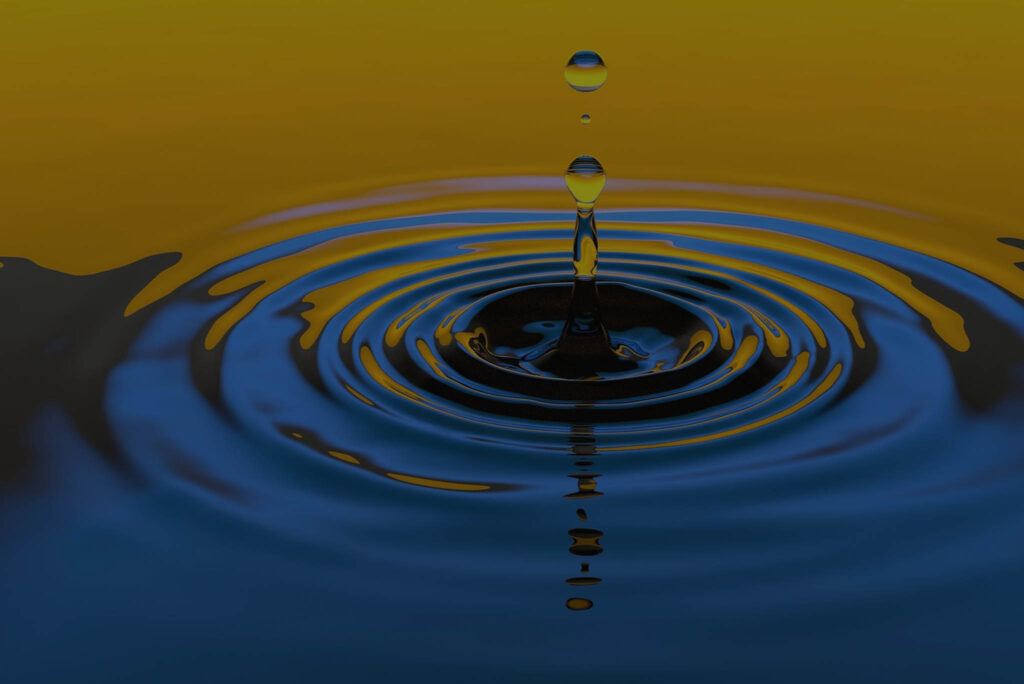Access to clean, safe drinking water is a fundamental human right, yet millions around the world still lack this basic necessity. Waterborne diseases, claiming two million lives annually, predominantly among children under 5, are a severe global concern. Now, a groundbreaking discovery from scientists at Stanford University and SLAC National Accelerator Laboratory offers a ray of hope to nearly 30% of the world’s population without access to safe drinking water. This innovation could herald a new era in water disinfection.
Conventional water-treatment methods often involve chemicals, which can produce toxic byproducts, or ultraviolet light, a slower process reliant on a source of electricity. The newly developed disinfectant from Stanford provides a solution that is nontoxic, recyclable, and incredibly fast.
This innovative disinfectant takes the form of a metallic powder comprised of nano-size flakes of aluminum oxide, molybdenum sulfide, copper, and iron oxide. What sets it apart is its ability to harness both ultraviolet and high-energy visible light from the sun, making it highly efficient and sustainable. This powder is activated by solar exposure, and the entire process happens rapidly.
The molybdenum sulfide/copper catalyst, when activated by sunlight, generates hydrogen peroxide and hydroxyl radicals. These chemicals are extremely destructive to bacteria, particularly their cell membranes, and swiftly neutralize them. For example, in a recent study, a solution containing around one million E. coli bacteria per milliliter was purified in just 60 seconds when exposed to the solar-activated powder.
Moreover, this innovation is eco-friendly and recyclable. Iron oxide within the powder allows it to be removed from water with a simple magnet. This means the powder can be reused multiple times for various samples of contaminated water, making it an ideal solution for applications ranging from hikers purifying water during their trips to potential use in wastewater treatment plants.
This groundbreaking invention is not limited to just E. coli; it holds promise for tackling various waterborne pathogens like viruses, protozoa, and parasites, which cause severe illnesses and death. The implications of this research are profound, offering hope to those without access to safe drinking water and providing a sustainable, rapid, and environmentally friendly solution to water disinfection. As we face the ever-pressing challenge of ensuring clean water for all, innovations like these are a significant step in the right direction.
For detailed Article, Visit – https://news.stanford.edu/2023/05/18/new-technology-uses-ordinary-sunlight-disinfect-drinking-water/
#CleanWaterForAll, #WaterDisinfection, #WaterborneDiseases, #StanfordInnovation, #SolarActivatedDisinfectant, #SafeDrinkingWater, #WaterPurification, #GlobalWaterCrisis, #EnvironmentalSustainability

